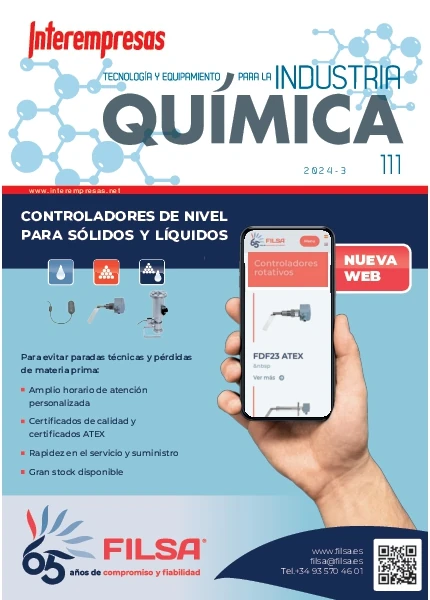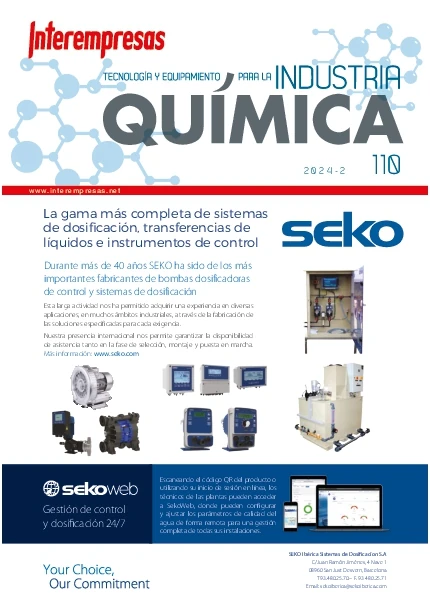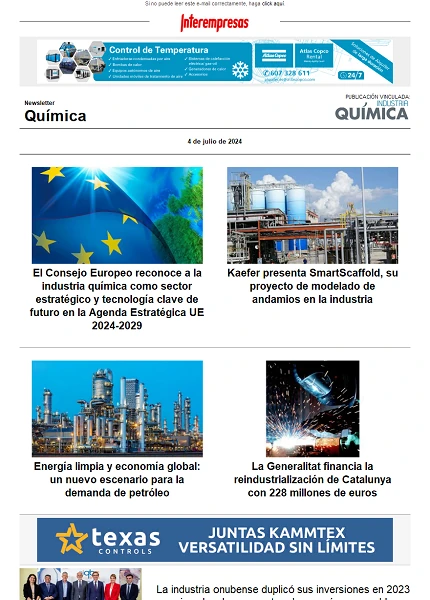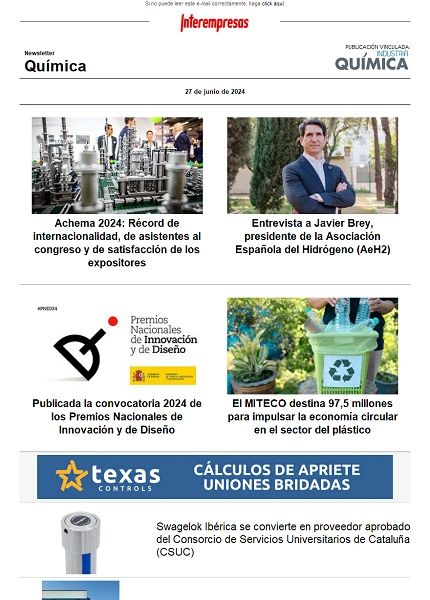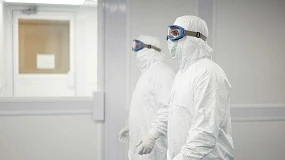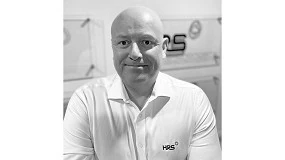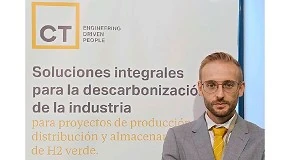Emission of volatile organic compounds: debugging techniques
Given the difficulty of compliance with the limits marked by the law for many establishments, need on many occasions that possess installations for purification of air contaminated with VOCs.
Main affected premises
Regulations are affected all those involved in any of the following activities and whose consumption of solvents is greater than indicated (t/year):.
1 Print in Offset coils by heat > 15 11 - dry cleaning
2 Rotogravure printing of publications > 25 12 - impregnation of wood fibers > 25
3 Flexography, rotary screen printing > 15 > 30 13 - leather coating > 10
4. Cleaning surfaces with carcinogenic compounds > 1 14 - manufacture of footwear > 5
5. Other cleaning of surfaces > 2 15 - wood and plastic lamination > 5
6 Coating vehicles and renewal of finishing > 15 16 - coating with adhesives > 5
7. Coating of coils > 25 17 - Fab. of coatings, varnishes, inks > 100
8. Other types of coating > 5 18 - conversion of rubber > 15
9. Coating wire in coils > 5 19 - extraction of vegetable oil and animal fat > 10
10 Wood coating > 15 20 - manufacture of pharmaceutical products > 50
Recuperativa thermal oxidation
It is to submit the gases at a temperature sufficiently high for the time necessary to produce the oxidation of contaminants. Therefore, to achieve an effective cleansing is necessary to combine temperature (between 750 to 1,200 degrees), during a minimum time to complete the oxidation reaction and turbulence in the gas allowing a perfect blend of all of its components.
These conditions are available in the interior of a House of oxidation designed for this purpose and which is equipped with a burner that uses oxidant air own gas to debug. You get so decrease to maximize the energy needed for the process of debugging.
As the temperature of the gases emerging from the House of oxidation is very high, it is necessary to recover their energy by procedures such as the preheating of the gas to debug, the generation of steam or thermal oil heating. If the concentration of polluting organic is high, these facilities are convenient because they allow to take advantage of the heat of oxidation of contaminants in the manufacturing process. These systems are characterized by a very high efficiency and offer the possibility of energy recovery of gaseous waste. On the other hand, if the concentrations of pollutants are low, it is a high energy cost of operation.

Regenerative thermal oxidation
They are characterized by include devices, called regenerators, which recover the heat from the purified gases. The regenerators are a few elements of ceramic material which accumulate the heat of the gas coming out of the House of oxidation. Through a system of valves are set consecutive operating cycles for which purified gases, which are at a temperature high (about 800 degrees), transferred their heat ceramic masses contaminated gases that enter cold take them this heat in the next cycle.
These teams achieve a minimum consumption of fuel, which allows very high heat recovery efficiencies and their operation and maintenance costs are very low. It should be also noted the high efficiency of purification and the reliability and duration of the team.
Catalytic oxidation
Catalytic oxidation is similar to the thermal oxidation, however, a catalyst in the system reduces the energy of activation required for total oxidation, which is why this occurs at temperatures lower, generally between 300 and 450 degrees. In this way, the oxidation of VOCs in presence of catalysts drastically reduces the additional fuel consumption and the formation of oxides of nitrogen. Gases to debug must be heated to the temperature of operation of the catalyst. This necessary heat is supplied by a burner gas or an electric heater. To reduce energy consumption, you can install a preheater which take advantage of the heat of the already purified gases.
The catalytic Purifiers are used in those applications in which the amount of organic compound is low.
Adsorption
The adsorption refers to processes where molecules of VOCs are removed from the current soda to transfer to the solid surface of the adsorbent. There are two types of adsorption processes: chemical adsorption and physical adsorption. The chemical adsorption is not used in systems of control of pollutant gaseous because of the difficulty involved in regeneration.
In the physical adsorption, the molecule of the contaminant is slightly retained on the surface of the adsorbent by weak electrostatic forces, so the material can be easily regenerated. Activated charcoal is today the most widely used adsorbent to remove VOCs, and there are three common types: granular activated, activated dust and carbon fiber. Also the silica gel, zeolite, alumina and polymers can be used as adsorbents. These systems achieve high removal efficiencies between 95 and 98 per cent for activated carbon.


